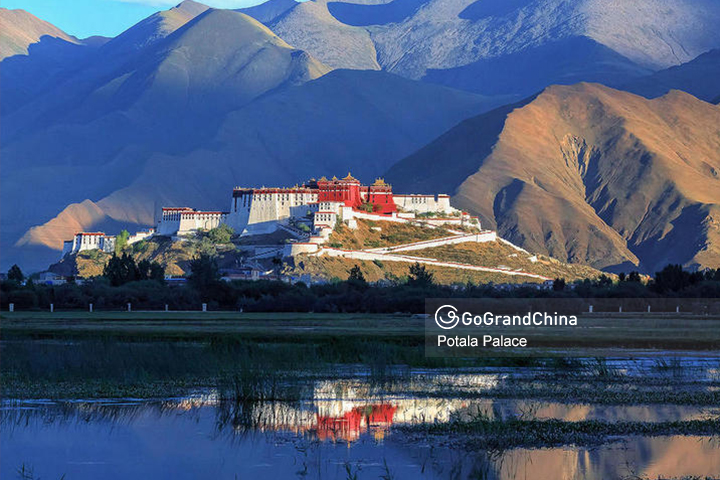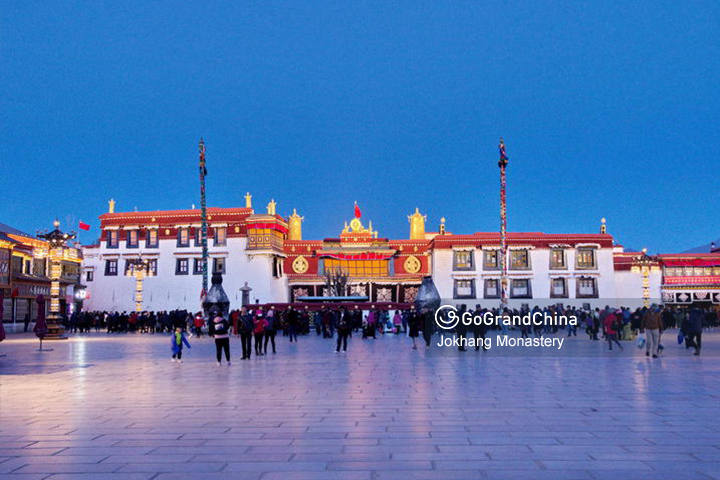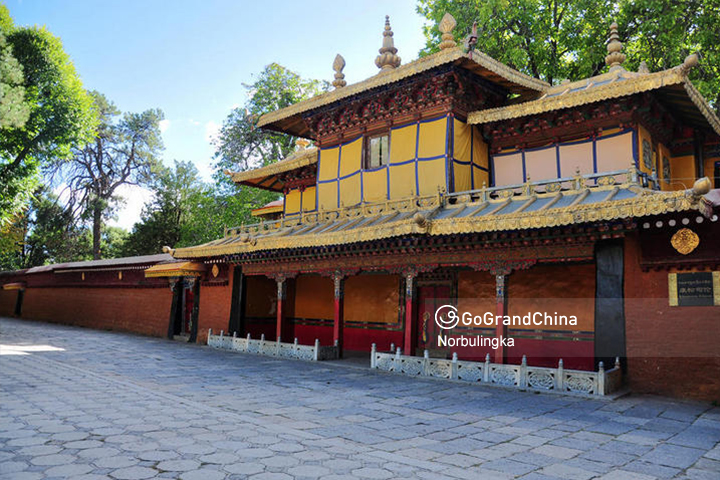UNESCO World Heritage
Introducing UNESCO World Heritage Sites in Lhasa
Lhasa & its surrounding areas have three cultural and natural places inscribed on the UNESCO World Heritage List as of 2020. The Potala Palace, Jokhang Temple Monastery, and Norbulingka were inscribed on the UNESCO World Heritage List in 1994. If you happen to be in Lhasa or anywhere else in Tibet Autonomous Region, be sure to drop by these amazing UNESCO World Heritage Sites. Each of Lhasa's UNESCO World Heritage Site has a tale to tell. Book GoGrandChina tour packages to learn the tales of Lhasa's UNESCO World Heritage Sites at the most affordable prices.
Potala Palace
Enclosed within massive walls, gates and turrets built of rammed earth and stone the White and Red Palaces and ancillary buildings of the Potala Palace rise from Red Mountain in the centre of Lhasa Valley at an altitude of 3,700 metres. As the winter palace of the Dalai Lama from the 7th century CE the complex symbolizes Tibetan Buddhism and its central role in the traditional administration of Tibet. The White Palace contains the main ceremonial hall with the throne of the Dalai Lama, and his private rooms and audience hall are on the uppermost level. The palace contains 698 murals, almost 10,000 painted scrolls, numerous sculptures, carpets, canopies, curtains, porcelain, jade, and fine objects of gold and silver, as well as a large collection of sutras and important historical documents. To the west and higher up the mountain the Red Palace contains the gilded burial stupas of past Dalai Lamas. Further west is the private monastery of the Dalai Lama, the Namgyel Dratshang. Get more about Potala Palace.

Jokhang Temple Monastery
The Jokhang Temple Monastery was founded by the regime also in the 7th century, in order to promote the Buddhist religion. Covering 2.5ha in the centre of the old town of Lhasa, it comprises an entrance porch, courtyard and Buddhist hall surrounded by accommodation for monks and storehouses on all four sides. The buildings are constructed of wood and stone and are outstanding examples of the Tibetan Buddhist style, with influences from China, India, and Nepal. They house over 3,000 images of Buddha and other deities and historical figures along with many other treasures and manuscripts. Mural paintings depicting religious and historical scenes cover the walls. Get more about Jokhang Monastery.

Norbulingka
Norbulingka, the Dalai Lama's former summer palace constructed in the 18th century, is located on the bank of the Lhasa River about 2km west of the Potala Palace in a lush green environment. It comprises a large garden with four palace complexes and a monastery as well as other halls, and pavilions all integrated into the garden layout to create an exceptional work of art covering 36ha. The property is closely linked with religious and political issues, having been a place for contemplation and for signing political agreements. Get more about Norbulingka.

There are no products matching the selection.
